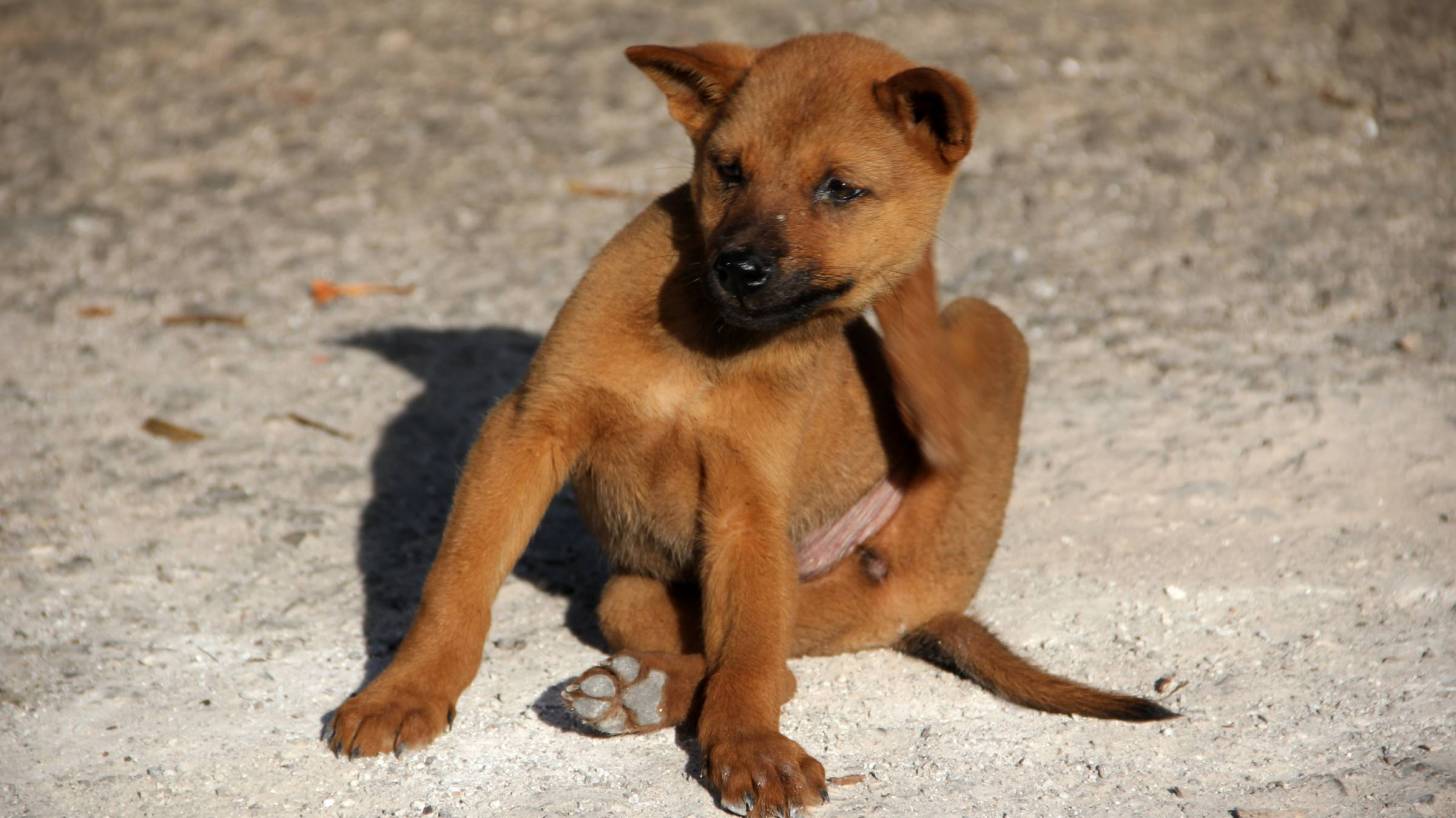UTEP Researchers Discover Leishmaniasis Vaccine Candidate

An innovative research team is closer to developing a vaccine for cutaneous leishmaniasis, a tropical disease.
During the research team's four years of study, they discovered a vaccine formulation that resulted in a 96 percent decrease in the lesions caused by cutaneous leishmaniasis, and showed an 86 percent protection rate from the disease in mice.
This research is important since there is not currently a vaccine for humans.
Though cutaneous leishmaniasis is found in more than 90 countries, cases have also been found in the northeastern parts of Texas and in Oklahoma.
Additionally, this disease has impacted 2,000 U.S. troops stationed in Afghanistan and Iraq.
Leishmaniasis is caused by a protozoa parasite from over 20 Leishmania species and is transmitted to humans by the bite of infected female phlebotomine sandflies. Over 90 sandfly species are known to transmit Leishmania parasites.
These flies are three times smaller than a mosquito.
There are 3 main forms of leishmaniases:
- visceral (also known as kala-azar and the most serious form of the disease),
- cutaneous (the most common), and
- mucocutaneous.
Treatment decisions are complex and the CDC guidelines should be consulted.
Unless otherwise specified, cutaneous leishmaniasis refers to localized cutaneous leishmaniasis, rather than to much less common forms, such as diffuse cutaneous leishmaniasis and disseminated cutaneous leishmaniasis, reported the (CDC).
According to the World Health Organization (WHO), there are an estimated 700,000 to 1 million new cases annually, and they cause 20,000-30,000 deaths each year.
Visceral leishmaniasis in the Americas is very similar to that found in the Mediterranean basin. Keeping domestic animals, such as dogs, inside the house is thought to promote human infection.
This research is lead by the University of Texas at El Paso (UTEP) biological sciences doctoral student Eva Iniguez; Rosa Maldonado, Ph.D., and Igor Almeida, Ph.D. Additional teams and collaborators in Liverpool (Alvaro Acosta-Serrano, Ph.D.) and Saudi Arabia (Waleed Al-Salem, Ph.D.)
The team has submitted a patent application for their cutaneous leishmaniasis vaccine.
"I think we are in a very good position with this vaccine candidate," said Dr. Rosa Maldonado, Ph.D.
"I think it is very promising. If things go well, I think we will be able to introduce this vaccine for clinical use in the future,” said Maldonado.
Funding: ICA and RAM were partially supported by grant No. 2G12MD007592 (to Robert A. Kirken) from the National Institute of General Medical Sciences (NIGMS). EI was supported by the RISE Scholars Program at UTEP through grant No. R25GM069621-11 (to Renato Aguilera) from the NIGMS, and by the Dodson Research Grant from the Graduate School, UTEP. SP was supported by the Keelung Hong Graduate Research Fellowship from the Department of Biological Sciences, UTEP. KS and AAS were supported by the Shefa Fund, and WSA by a PhD scholarship from the Saudi Ministry of Health. The funders had no role in study design, data collection and analysis, decision to publish, or preparation of the manuscript.
Competing interests: The authors have declared that no competing interests exist.
This study was published in PLOS Neglected Tropical Diseases.
Our Trust Standards: Medical Advisory Committee


